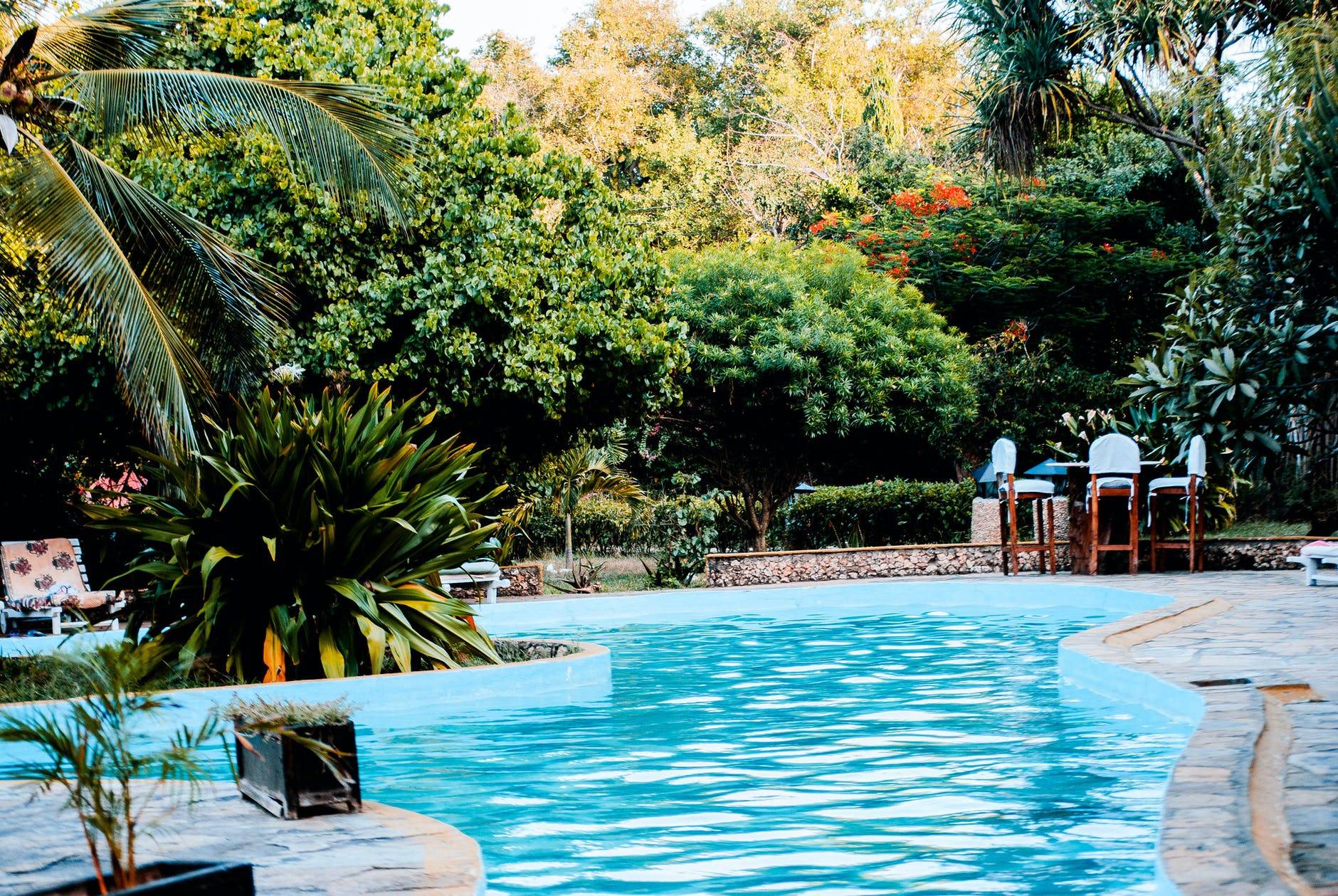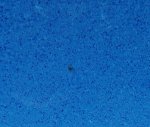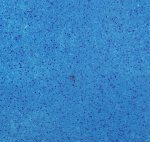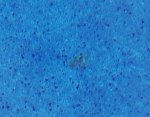Essential stats:
Melbourne, Australia
Approx 45,000-50,000L (approx 10,000-11,000 gallon)
In ground pool (plaster, quartz finish)
Sand filter, only 6 month old
Unsure of pump specs
Test kit: Clear Choice Labs
Using SWG
Test Results (latest available)
FC > 45 ppm
CC = unclear, see below
pH 7.6 (added 500mL muriatic acid ~32%, yet to retest)
TA: 200
CH: 340
CYA: 95 ppm
Water: Clear
---
Pool on a recently purchased property. I am a very new owner and trying to get the chemistry in balance. Important history and information below:
1. We have access to the pool Sat/Sun on weekends, once a week, in the interim. I brush, manually vacuum, skim, and empty pump/skimmer baskets weekly.
2. The pool was without power because of an electricity company issue on change over. Approximately two weeks without turnover of water.
3. Noticed three small black spots at different parts of pool. Likely to be black/blue-green algae. These have been brushed with particular intensity every week, but not daily as would be optimal. In the past 4 weeks they have not been going or spreading.
4. Two weekends ago we took a sample to the pool store for testing (before getting Clear Choice Labs test kit). Mentioning the black spots, the pool tech recommended shocking with 2kg (4.4lb) of Ezi-Chlor (trichlor), and an algaecide (1L).
5. I believe this caused a significant rise in CYA, which now sits at 95. Unsure whether this test result is reliable due to high levels of FC.
6. Assuming there might be a drop of about 2 ppm FC per day (there is minimal sunlight locally as we are in the dead of winter), I have left the SWG at 0 percent for this week to help bring FC down to more appropriate levels. Pump is running 5 hours per day to keep circulation.
7. I don't know where to start! All tests in my test kit (recommended kit for Australians on this forum) are documented as being unreliable at FC concentrations higher than 10 ppm.
8. Stopped testing FC at 45 ppm as I was afraid of depleting the titration agent in the brand new testing kit!
Obviously, I want to take matters into my own hands now, but not sure what steps to take from here.
Should I: drain the pool enough to reduce CYA to between 70-80 ppm, refill, then let FC reach below 10 ppm, re-test and adjust from here? I assume some amount of drainage will be inevitable, as there doesn't seem to be another way to reduce CYA, and at 95 it is so high I am concerned it will impact on the chlorine effectiveness.
I'm also finding it difficult to figure out how to address the three black spots in the pool given I have only the weekend opportunities to scrub and monitor.
Any advice on the necessary steps to get on the path to balanced chemistry would be greatly appreciated!
We were also sold some Beautec Scale-Stain-Scum controller, and some Anionic Polymers, but I don't want to add these unless they are necessary and the rest of the chemistry is looking acceptable.
Melbourne, Australia
Approx 45,000-50,000L (approx 10,000-11,000 gallon)
In ground pool (plaster, quartz finish)
Sand filter, only 6 month old
Unsure of pump specs
Test kit: Clear Choice Labs
Using SWG
Test Results (latest available)
FC > 45 ppm
CC = unclear, see below
pH 7.6 (added 500mL muriatic acid ~32%, yet to retest)
TA: 200
CH: 340
CYA: 95 ppm
Water: Clear
---
Pool on a recently purchased property. I am a very new owner and trying to get the chemistry in balance. Important history and information below:
1. We have access to the pool Sat/Sun on weekends, once a week, in the interim. I brush, manually vacuum, skim, and empty pump/skimmer baskets weekly.
2. The pool was without power because of an electricity company issue on change over. Approximately two weeks without turnover of water.
3. Noticed three small black spots at different parts of pool. Likely to be black/blue-green algae. These have been brushed with particular intensity every week, but not daily as would be optimal. In the past 4 weeks they have not been going or spreading.
4. Two weekends ago we took a sample to the pool store for testing (before getting Clear Choice Labs test kit). Mentioning the black spots, the pool tech recommended shocking with 2kg (4.4lb) of Ezi-Chlor (trichlor), and an algaecide (1L).
5. I believe this caused a significant rise in CYA, which now sits at 95. Unsure whether this test result is reliable due to high levels of FC.
6. Assuming there might be a drop of about 2 ppm FC per day (there is minimal sunlight locally as we are in the dead of winter), I have left the SWG at 0 percent for this week to help bring FC down to more appropriate levels. Pump is running 5 hours per day to keep circulation.
7. I don't know where to start! All tests in my test kit (recommended kit for Australians on this forum) are documented as being unreliable at FC concentrations higher than 10 ppm.
8. Stopped testing FC at 45 ppm as I was afraid of depleting the titration agent in the brand new testing kit!
Obviously, I want to take matters into my own hands now, but not sure what steps to take from here.
Should I: drain the pool enough to reduce CYA to between 70-80 ppm, refill, then let FC reach below 10 ppm, re-test and adjust from here? I assume some amount of drainage will be inevitable, as there doesn't seem to be another way to reduce CYA, and at 95 it is so high I am concerned it will impact on the chlorine effectiveness.
I'm also finding it difficult to figure out how to address the three black spots in the pool given I have only the weekend opportunities to scrub and monitor.
Any advice on the necessary steps to get on the path to balanced chemistry would be greatly appreciated!
We were also sold some Beautec Scale-Stain-Scum controller, and some Anionic Polymers, but I don't want to add these unless they are necessary and the rest of the chemistry is looking acceptable.





